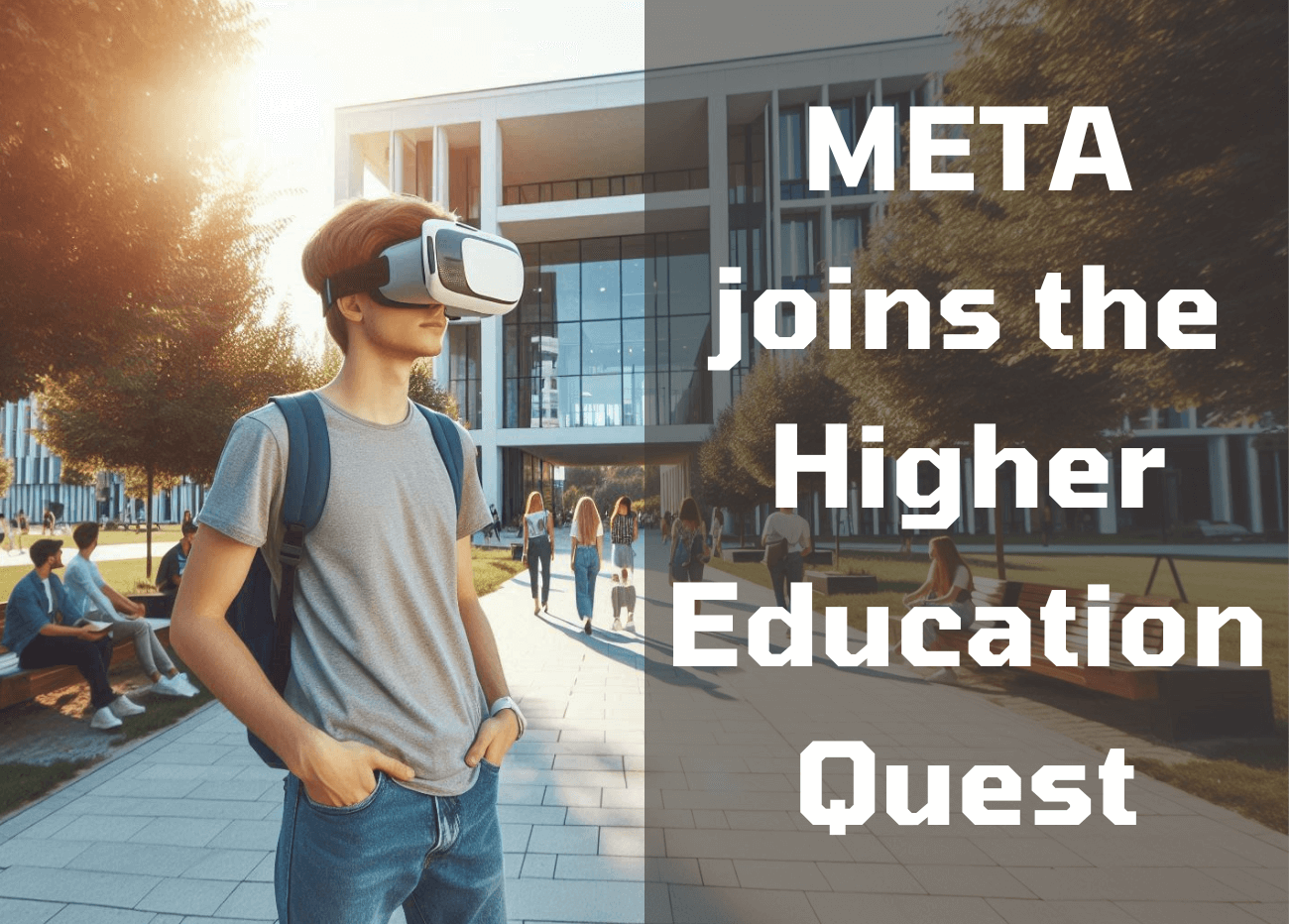The Future of Higher Education: Exploring the Latest eLearning Trends and Innovations
The future of e-learning holds boundless possibilities, driven by advancements in technology and evolving student expectations. As institutions strive to stay relevant in a rapidly changing world, eLearning has emerged as a cornerstone of modern education. This blog explores the latest trends and innovations shaping the future of higher education, offering insights into how institutions can leverage these developments to create engaging, effective, and inclusive learning experiences.
Why eLearning Trends Matter in Higher Education
The adoption of eLearning in higher education is no longer optional—it’s essential. With the rise of online and hybrid learning models, institutions must stay ahead of the curve to meet the needs of today’s tech-savvy learners. Understanding and implementing the latest eLearning trends can help:
- Enhance student engagement and retention.
- Improve accessibility and inclusivity.
- Prepare students for the demands of the modern workforce.
- Optimize institutional resources and scalability.
Key eLearning Trends Shaping Higher Education
1. Artificial Intelligence (AI) in Learning
The higher education industry is also incorporating AI and ML to track data better and offer personalized, learning experiences, automating administrative tasks and providing insights into student performance. Moreover, AI and ML are often used to suggest appropriate resources like simulations, videos, audio and games, depending on the students’ receptibility. From AI-powered chatbots to adaptive learning platforms, this technology is transforming how students learn and how institutions operate.
2. Microlearning for Bite-Sized Knowledge
Microlearning breaks down complex concepts into short, digestible modules, making it easier for students to absorb and retain information. This trend is particularly effective for busy learners who prefer flexible, on-the-go learning options.
3. Gamification for Engagement
Gamification incorporates game-like elements such as points, badges, and leaderboards into learning experiences to boost motivation and engagement. This approach is especially effective in higher education, where student participation can be challenging to maintain.
4. Immersive Learning with AR/VR
Augmented Reality (AR) and Virtual Reality (VR) are creating immersive learning environments that allow students to explore complex concepts in a hands-on way. From virtual lab simulations to historical reenactments, these technologies are redefining experiential learning.
5. Personalized Learning Pathways
Personalized learning tailors educational content to individual student needs, preferences, and learning styles. By leveraging data analytics and AI, institutions can create customized learning experiences that improve outcomes and satisfaction.
6. Mobile Learning for Accessibility
With the widespread use of smartphones and tablets, mobile learning has become a cornerstone of eLearning. This trend ensures that students can access educational content anytime, anywhere, making learning more flexible and inclusive.
7. Blended Learning Models
Blended learning combines online and in-person instruction to create a balanced, flexible learning experience. This model is particularly effective in higher education, where students benefit from both self-paced learning and face-to-face interaction.
8. Lifelong Learning and Upskilling
As the job market evolves, higher education institutions are increasingly focusing on lifelong learning and upskilling. This trend emphasizes the importance of continuous education to help students stay competitive in their careers.
9. Social and Collaborative Learning
Social learning leverages peer-to-peer interaction and collaboration to enhance the learning experience. Tools like discussion forums, group projects, and virtual study groups foster a sense of community and shared knowledge.
10. Data-Driven Decision Making
Data analytics is playing a crucial role in higher education, enabling institutions to track student progress, identify at-risk learners, and optimize course content. This trend empowers educators to make informed decisions that improve learning outcomes.
How Institutions Can Embrace These Trends
To stay competitive, higher education institutions must adopt a proactive approach to eLearning. Here are some actionable steps:
- Invest in Technology: Partner with custom eLearning developers like Mitr Learning & Media to develop cutting-edge solutions tailored to your institution’s needs.
- Train Faculty: Equip educators with the skills and tools they need to deliver effective online and hybrid instruction.
- Focus on Accessibility: Ensure that eLearning platforms and content are accessible to all students, including those with disabilities.
- Optimize institutional resources and scalability.
- Leverage Data: Use analytics to monitor student performance and continuously improve learning experiences.
- Foster Innovation: Encourage experimentation with new technologies and teaching methods to stay ahead of the curve.
Explore More: Dive Deeper into eLearning Trends
Ready to learn more about how these trends can transform higher education? Check out our in-depth blog posts on these topics:
- Top 10 eLearning Trends Shaping Higher Education in 2025
- How AI is Revolutionizing Learning Experiences in Higher Education
- The Rise of Microlearning: Why Higher Education Institutions are Adopting It
- Gamification in Higher Education: Engaging Students Through Interactive Learning
- The Role of AR/VR in Creating Immersive Learning Experiences for College Students
- Personalized Learning: The Future of Higher Education
- The Impact of Mobile Learning on Higher Education Accessibility
- Blended Learning Models: Combining Online and In-Person Education Effectively
- The Growing Importance of Lifelong Learning in Higher Education
- The Role of Social Learning in Higher Education Communities
To Conclude
The future of higher education is bright, with eLearning trends and innovations paving the way for more engaging, accessible, and effective learning experiences.
At Mitr Learning & Media, we specialize in helping higher education institutions navigate this transformation. Whether you’re looking to develop custom eLearning content, implement cutting-edge technologies, or train your faculty, we’re here to support your journey.
Ready to transform your institution? Contact us today to learn more about our eLearning solutions!
- Debdut Pramanickhttps://www.mitrmedia.com/resources/blogs/author/debdutp/
- Debdut Pramanickhttps://www.mitrmedia.com/resources/blogs/author/debdutp/
- Debdut Pramanickhttps://www.mitrmedia.com/resources/blogs/author/debdutp/
- Debdut Pramanickhttps://www.mitrmedia.com/resources/blogs/author/debdutp/




